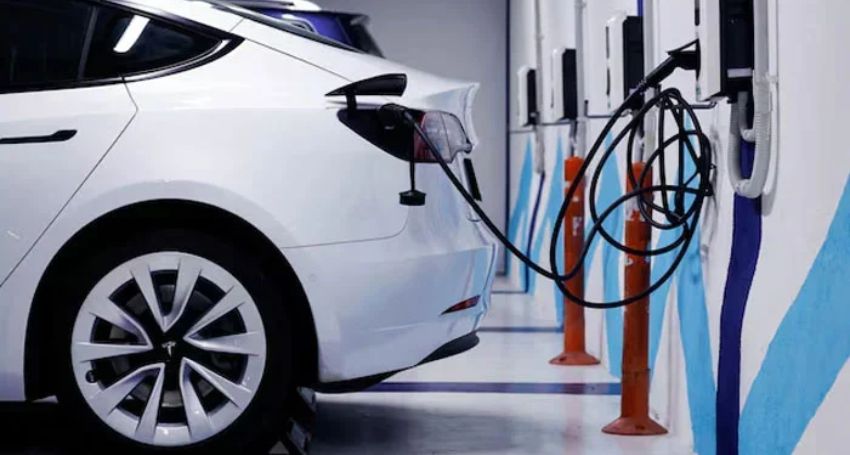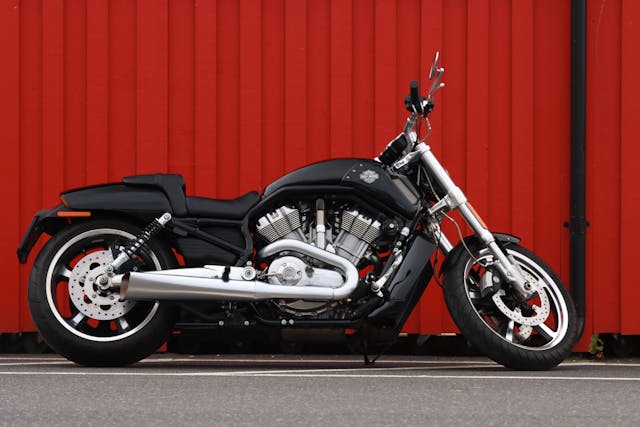
As electric vehicles (EVs) continue to dominate the automotive industry, buyers often face a key decision: choosing between a single-motor EV and a dual-motor EV. This choice impacts performance, range, and cost, making it essential to understand the differences between single and dual-motor electric cars. In this guide, we’ll compare these two configurations, covering their advantages, disadvantages, and ideal use cases.
What is a Single-Motor EV?
A single-motor EV is an electric vehicle that has one motor powering either the front or rear wheels. This setup is similar to traditional internal combustion engine (ICE) vehicles, which are typically front-wheel or rear-wheel drive.
- Rear-Wheel Drive (RWD): The motor powers the rear axle, offering better traction during acceleration.
- Front-Wheel Drive (FWD): The motor is connected to the front wheels, providing better efficiency and handling in some conditions.
Single-motor EVs are generally more affordable and offer slightly better range than their dual-motor counterparts due to their lower energy consumption.
What is a Dual-Motor EV?
A dual-motor EV, as the name suggests, has two electric motors—one on the front axle and one on the rear axle. This configuration enables all-wheel drive (AWD), improving traction, handling, and acceleration.
- All-Wheel Drive (AWD): Power is distributed between the front and rear wheels based on driving conditions.
- Better Acceleration: With two motors working together, dual-motor EVs provide quicker acceleration compared to single-motor variants.
- Improved Stability: By balancing power between both axles, these EVs offer better handling in adverse weather conditions.
Single vs. Dual-Motor Electric Cars
Trying to decide between a single-motor EV and a dual-motor EV? Here’s how they stack up across the most important features:
Number of Motors
- Single-Motor EV: Equipped with one motor that powers either the front or rear wheels.
- Dual-Motor EV: Uses two electric motors, typically one on the front axle and one on the rear.
Drivetrain
- Acceleration
- Single-Motor: Generally slower, but still quick compared to combustion engine cars.
- Dual-Motor: Offers faster acceleration due to torque from both motors.
Traction & Handling
- Single-Motor: Moderate traction, suitable for most road conditions.
- Dual-Motor: Superior traction and handling, especially in snow, rain, or off-road situations.
Range
- Single-Motor: Often delivers a slightly better range due to less energy consumption.
- Dual-Motor: May have a slightly lower range due to increased weight and power draw.
Cost
- Single-Motor: Typically more affordable, making it ideal for budget-conscious buyers.
- Dual-Motor: More expensive, but includes AWD and performance benefits.
Performance and Acceleration: Which One is Faster?
Acceleration is one of the most noticeable differences between single and dual-motor EVs. Since dual-motor configurations distribute power to both axles, they deliver higher torque, resulting in faster acceleration.
For instance, the Tesla Model 3 Long Range AWD (dual-motor) can go from 0 to 60 mph in about 4.2 seconds, whereas the single-motor Tesla Model 3 RWD takes approximately 5.8 seconds.
Traction and Handling in Different Weather Conditions
Dual-motor EVs offer superior traction and handling due to their all-wheel-drive system. This is particularly useful in snowy, icy, or wet conditions, where a single-motor EV may struggle.
- Single-Motor EVs: Power is sent only to the front or rear wheels, which can result in loss of traction in extreme conditions.
- Dual-Motor EVs: Power is distributed between front and rear wheels, reducing the chances of skidding or slipping.
Range and Efficiency: Does One Offer Better Mileage?
Single-motor EVs are generally more efficient than dual-motor ones. Since a dual-motor system consumes more energy to power both motors, range reduction is common.
However, advancements in single-motor technology and better energy management systems in dual-motor EVs have minimized the gap between the two configurations.
Cost Considerations
The cost of a dual-motor EV is higher due to the additional motor and drivetrain components. However, the added performance, improved traction, and enhanced safety may justify the price for some buyers.
- Single Motor Option: More affordable, better range.
- Dual Motor Setups: Higher upfront cost but better performance and AWD capabilities.
Tesla Model 3 and Other EVs
Tesla offers both single-motor and dual-motor models, allowing buyers to choose based on their needs. The Tesla Model 3 RWD is the single-motor variant, while the Model 3 Long Range AWD and Performance models have dual motors.
Other manufacturers, like Ford, Rivian, and Lucid, also offer similar configurations in their electric vehicle lineups.
Which EV Configuration is Best for You?
Choosing between a single-motor and dual-motor EV depends on your driving habits and needs:
- Choose a Single-Motor EV If:
- You want better range and efficiency.
- You drive mainly in urban areas with mild weather conditions.
- You prefer a more affordable EV.
- Choose a Dual-Motor EV If:
- You need better acceleration and performance.
- You frequently drive in icy, rainy, or cold conditions.
- You prioritize all-wheel drive for enhanced safety and traction.
Conclusion
Choosing between a single-motor and a dual-motor EV depends on your driving preferences, budget, and location. If you prioritize range and affordability, a single-motor EV is a great option. However, if you value performance, traction, and all-wheel drive capabilities, a dual-motor EV is worth considering. As technology advances, both configurations will continue to improve, offering buyers more choices and better efficiency. Ultimately, understanding the differences between single and dual-motor EVs ensures that you make an informed decision when buying an EV.

